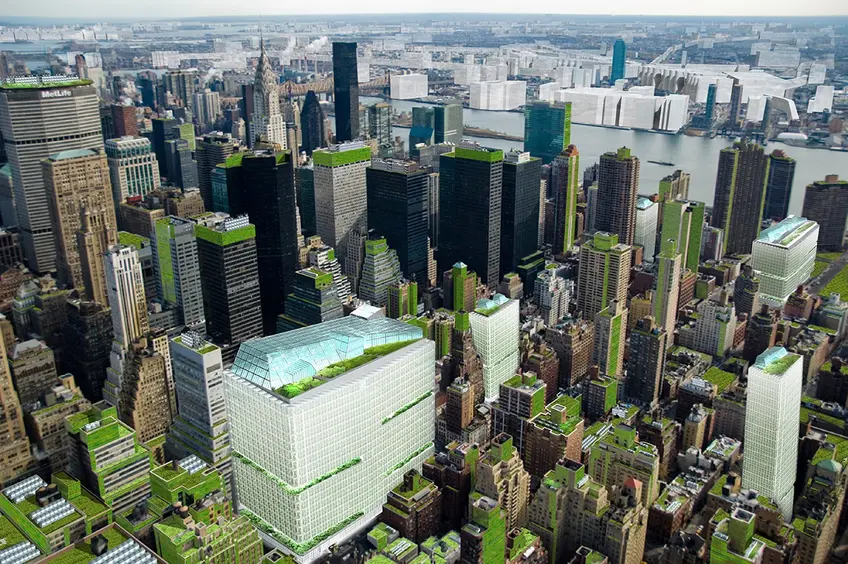 Credit: Michael Sorkin Studio
Credit: Michael Sorkin Studio
In 2019, the City of New York passed Local Law 97. The law was implemented as part of the city’s bid to become a carbon-zero municipality by 2050, and requires buildings over 25,000 square feet to reduce their carbon emissions by 40% by the end of the decade and 80% by 2050. While most residents and policymakers support the move to reduce greenhouse gas emissions, how some buildings will reach Local Law 97's ambitious targets and on what timeframe has remained a highly contentious issue.
It is important to note that the vast majority of buildings above 25,000 square feet have already taken steps to come into compliance, but about ten percent of affected properties are still trying to do so. With Local Law 97's first compliance deadline of January 1, 2024 fast approaching, in September, Mayor Eric Adams released a new set of guidelines titled "Getting 97 Done." This article examines the controversy surrounding Local Law 97 and explores how the city's updated guidelines may help at least some residential buildings temporarily avoid penalties when Local Law 97 comes into full effect on January 1.
It is important to note that the vast majority of buildings above 25,000 square feet have already taken steps to come into compliance, but about ten percent of affected properties are still trying to do so. With Local Law 97's first compliance deadline of January 1, 2024 fast approaching, in September, Mayor Eric Adams released a new set of guidelines titled "Getting 97 Done." This article examines the controversy surrounding Local Law 97 and explores how the city's updated guidelines may help at least some residential buildings temporarily avoid penalties when Local Law 97 comes into full effect on January 1.
In this article:
The Local Law 97 Controversy
From the moment Local Law 97 got the green light from City Council in 2019, some New Yorkers have argued that the law is unfair as it offloads the cost of complex upgrades to local building owners, including coops. After it became clear that the city had no intention of altering Local Law 97's mandate or timeline, in May 2022, a group of coops, mixed-use building owners, and residents filed a lawsuit against New York City and the Department of Buildings (further details may be found here).
At the center of the lawsuit is an argument contending that Local Law 97 is preempted by the Climate Leadership and Community Protection Act ("CLCPA"), violates building owners' rights to Due Process, and proposes to levy an unauthorized tax on emissions. While the lawsuit hasn't proven entirely successful, it was enough to prompt the city to review the implementation of Local Law 97 and propose at least a few concessions for buildings struggling to meet the pending January 1, 2024 deadline.
The Introduction of Local Law 97’s “Good Faith Effort” Clause
While "Getting It Done" mostly reiterates what we already know about Local Law 97, the document does highlight a few efforts the Adams' administration is implementing to help local building owners come into compliance. In addition to a promised tax break, which still needs to receive final approval from the state, the updated plan explains Local Law 97's "Good Faith Effort" Clause.
In accordance with the "Good Faith Effort" clause, buildings with emissions exceeding acceptable limits in the initial compliance period, which starts on January 1, 2024 and ends on December 31, 2029, would have four ways to respond to regulators. While they can choose to pay any fines levied against them, they can also opt to respond by:
- Proving that work to meet the emissions limits is underway;
- Demonstrating that the building is engaged in long-term decarbonization planning and will achieve near-term compliance with the 2024 and 2030 emissions limits; or
- Purchasing RECs (Renewable Energy Credits) to deduct from GHG emissions up to the amount of their electrical load.
While the new guidelines may help some residential buildings dodge penalties while they work to reduce their emissions, so far, the “Good Faith Effort” clause seems to be causing as much controversy and confusion as Local Law 97 did when it was first passed.
Some local environmental activists view the clause as little more than a loophole for developers and owners who have already had five years to prepare for Local Law 97's implementation. Unsurprisingly, the use of RECs is proving particularly controversial. Functioning much like other carbon credit programs, which have been widely criticized for permitting some of the world's largest polluters, including airlines, to continue operating with few changes, there is concern that RECs may simply enable the city's wealthiest developers and building owners to sidestep compliance.
Some local environmental activists view the clause as little more than a loophole for developers and owners who have already had five years to prepare for Local Law 97's implementation. Unsurprisingly, the use of RECs is proving particularly controversial. Functioning much like other carbon credit programs, which have been widely criticized for permitting some of the world's largest polluters, including airlines, to continue operating with few changes, there is concern that RECs may simply enable the city's wealthiest developers and building owners to sidestep compliance.
Would you like to tour any of these properties?
Just complete the info below.
Or call us at (212) 755-5544
Local building owners, including shareholders in older coops, have also expressed concern about the “Good Faith Effort” clause since it doesn’t clearly define what constitutes a “good faith effort” to lower emissions. For example, if a coop invested in energy-efficient windows in 2017, will the investment be taken into account or not? While owners who apply for extensions are being instructed to include any efforts that have been made to lower emissions since 2013, what will and will not count is anyone's guess.
Public opinion
On October 24, hundreds of New Yorkers virtually attended the New York City Department of Buildings’ public hearing on Getting 97 Done. Environmental activists and elected officials spoke to the urgency of the moment, citing recent disasters like this summer's air quality emergency and the recent flooding as proof of why it was needed and why enforcement should not be put off. Additionally, some activists called for a caps on RECsHowever, many real estate industry stakeholders – including, but not limited to, co-op stakeholders and affordable housing experts – said that the law would be ruinous to residents on fixed income who, like all co-op residents, would face higher monthly fees to pay for the changes required to bring the buildings into compliance. Others expressed concern that the already understaffed Department of Buildings would be able to handle the extra oversight created by the enforcement plan.
According to Gothamist, the hearing effectively closed out the public opinion period for Getting 97 Done. Going forward, the department is expected to review the comments, finalize the rules, and publish them by the end of the year.
Energy-Efficient Homes in New York City
Energy-Efficient Homes in New York City
Charlotte of the Upper West Side, #UNIT3
$8,850,000 (-11.1%)
Broadway Corridor | Condominium | 4 Bedrooms, 4.5 Baths | 3,570 ft2
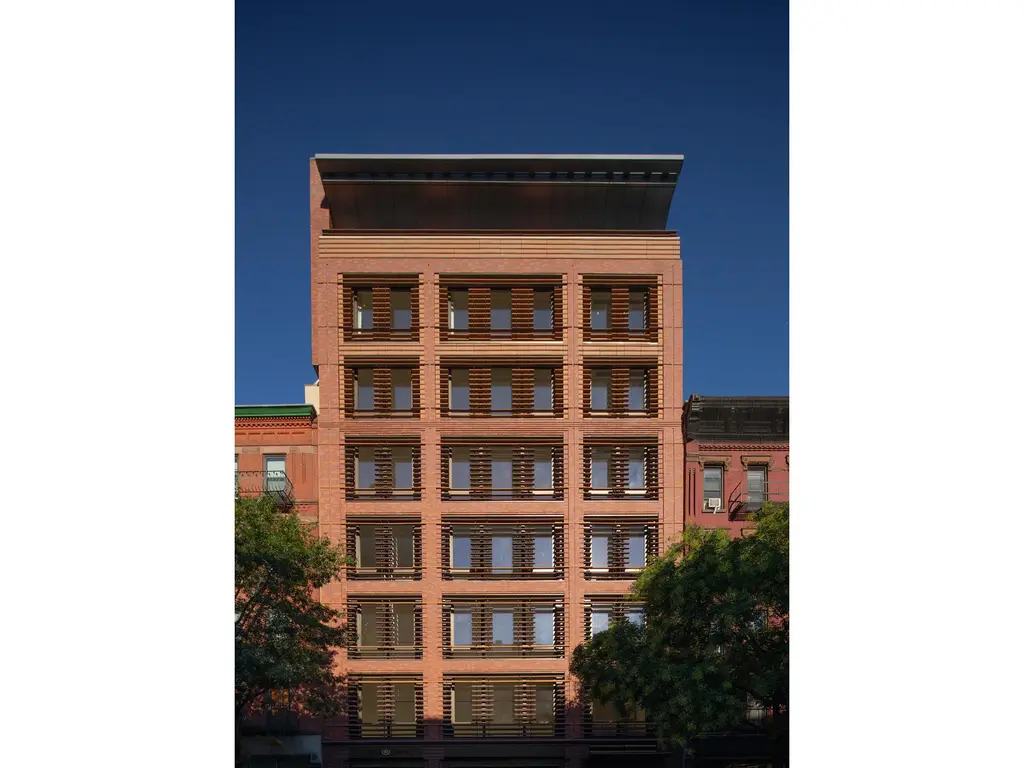
Charlotte of the Upper West Side, #UNIT3 (Douglas Elliman Real Estate)


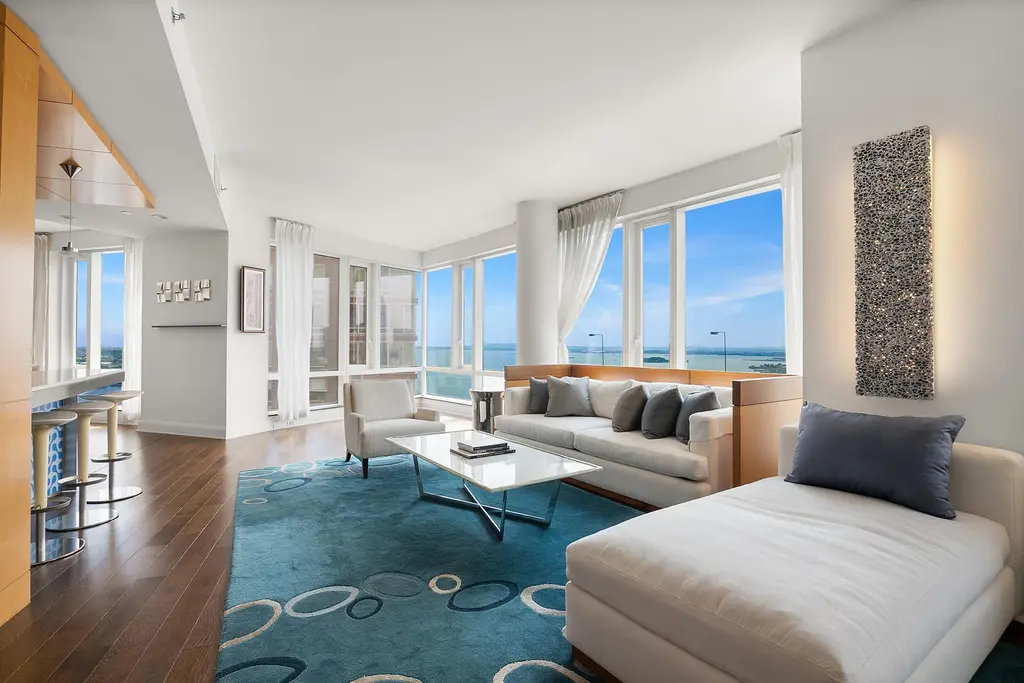
The Visionaire, #33DE (Nest Seekers LLC)
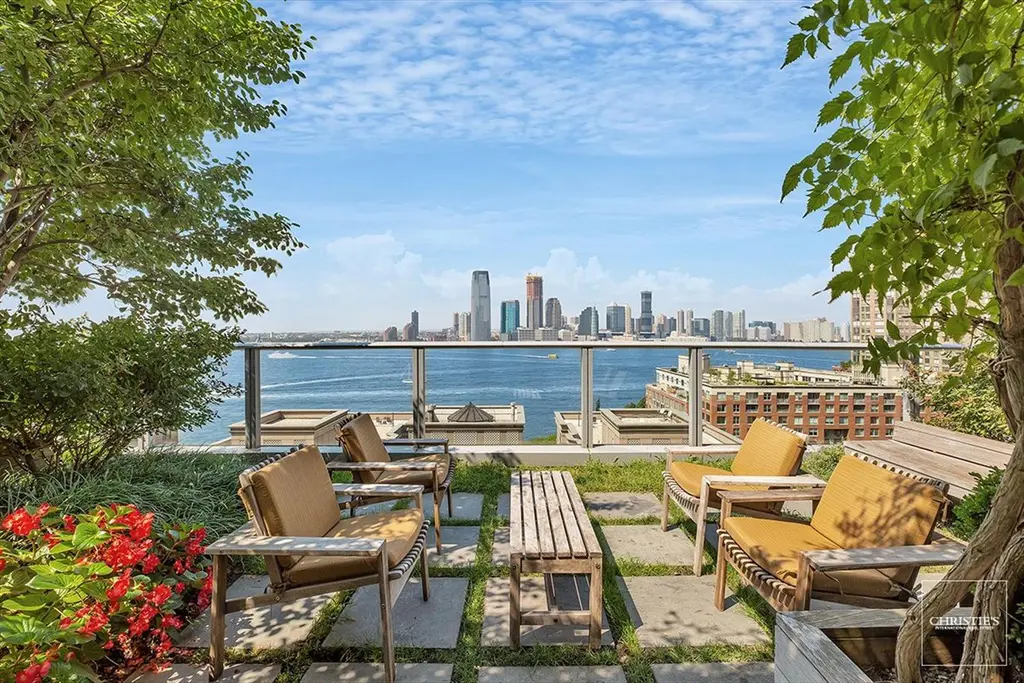
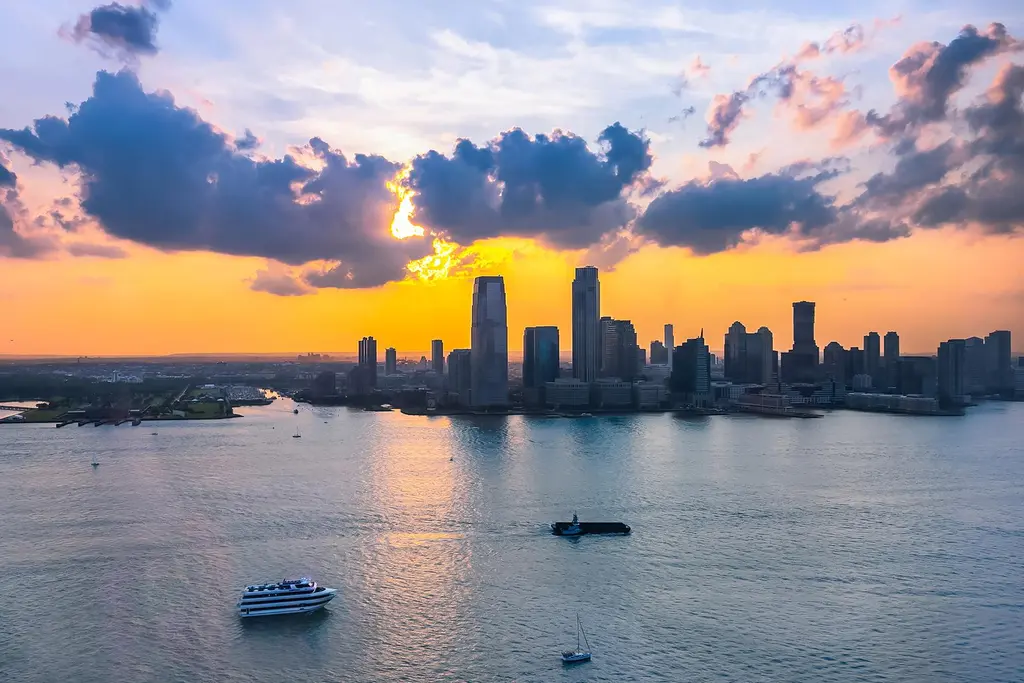
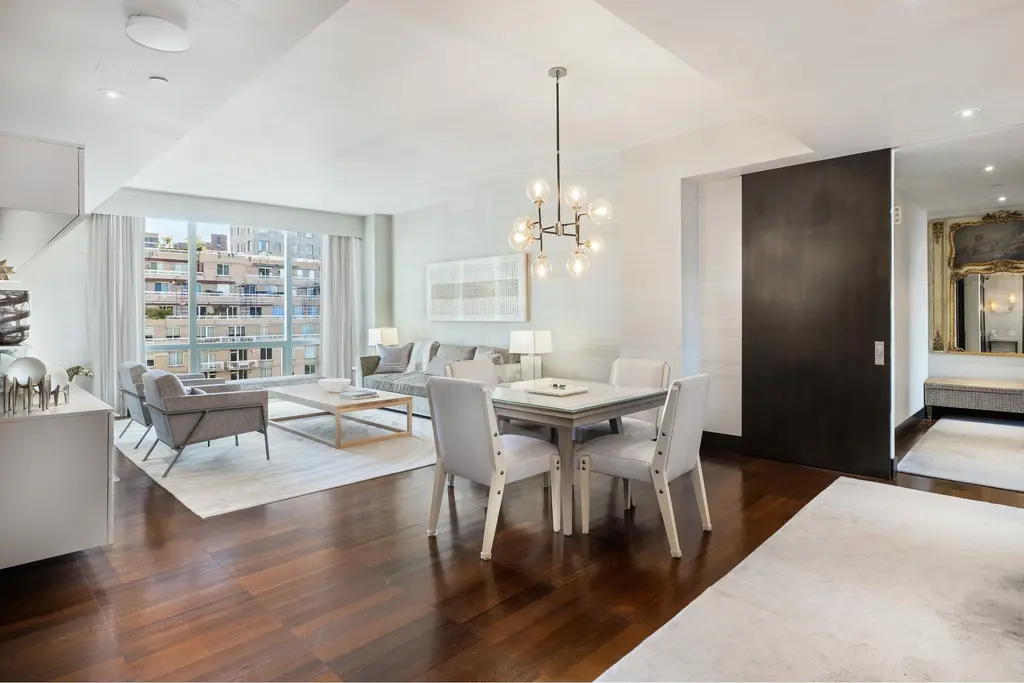
The Lucida, #18J (Douglas Elliman Real Estate)
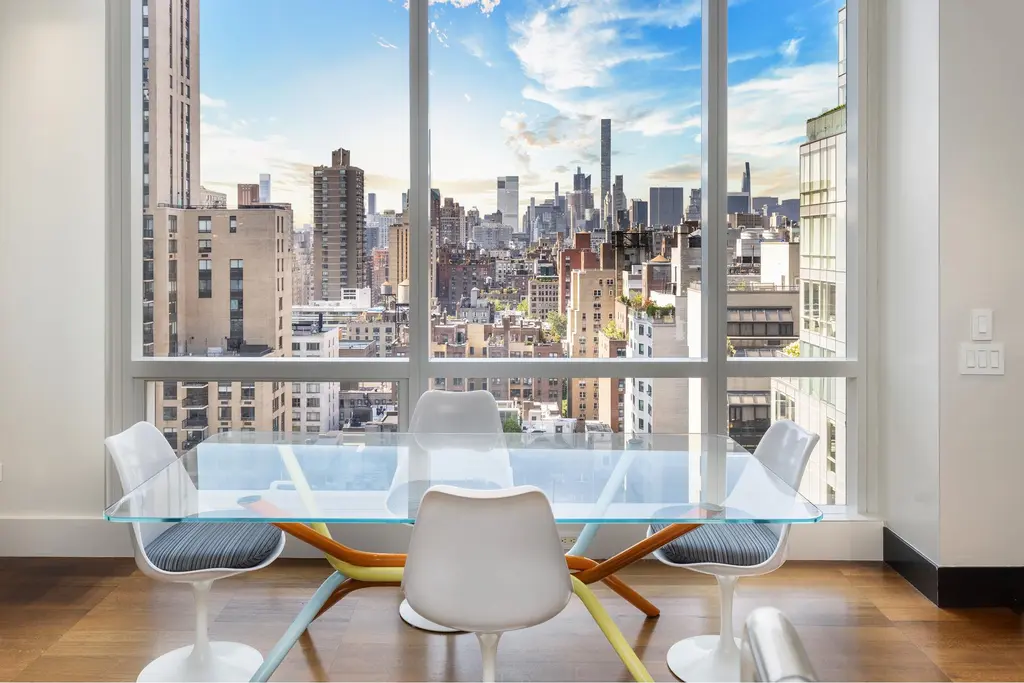
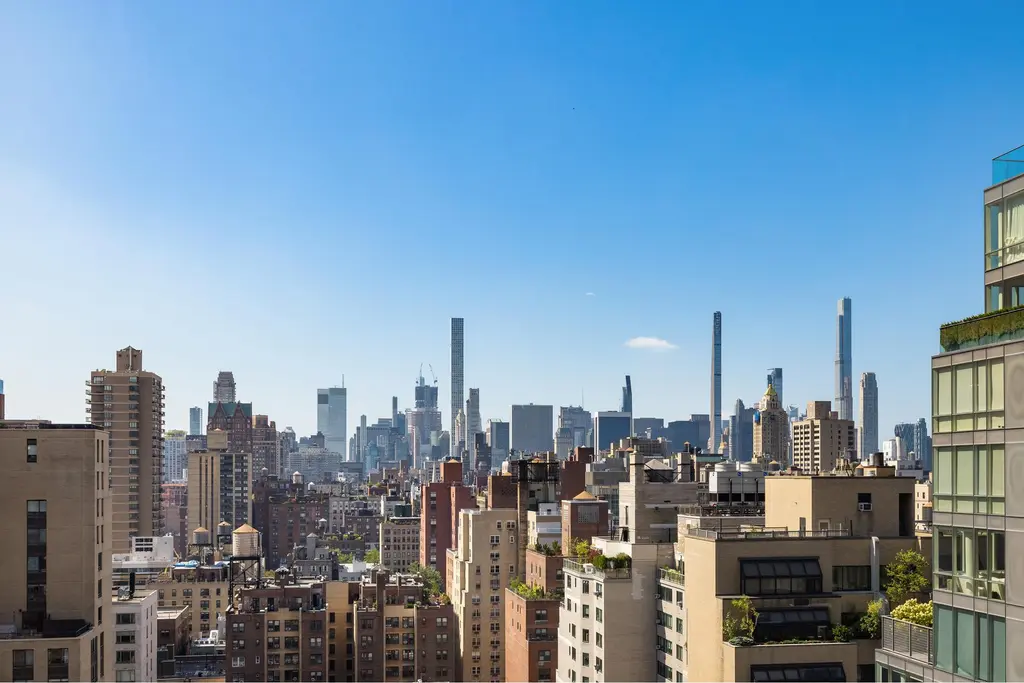
Would you like to tour any of these properties?
Just complete the info below.
Or call us at (212) 755-5544
Would you like to tour any of these properties?

Contributing Writer
Cait Etherington
Cait Etherington has over twenty years of experience working as a journalist and communications consultant. Her articles and reviews have been published in newspapers and magazines across the United States and internationally. An experienced financial writer, Cait is committed to exposing the human side of stories about contemporary business, banking and workplace relations. She also enjoys writing about trends, lifestyles and real estate in New York City where she lives with her family in a cozy apartment on the twentieth floor of a Manhattan high rise.

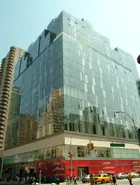
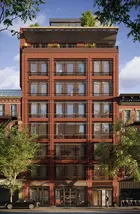
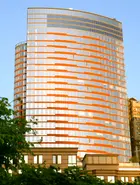
 6sqft delivers the latest on real estate, architecture, and design, straight from New York City.
6sqft delivers the latest on real estate, architecture, and design, straight from New York City.
